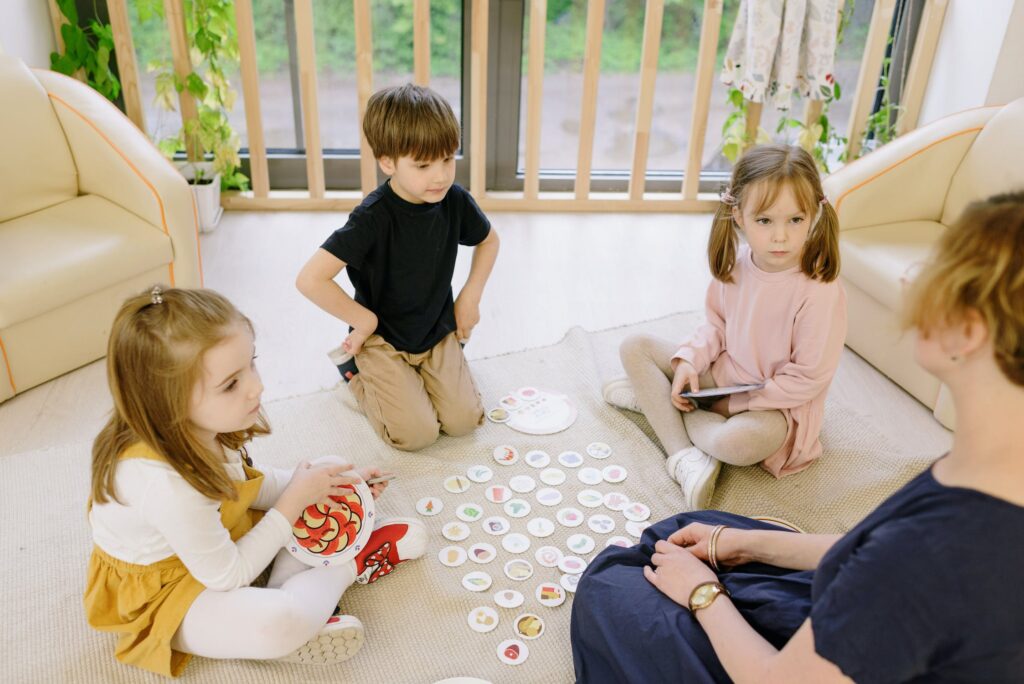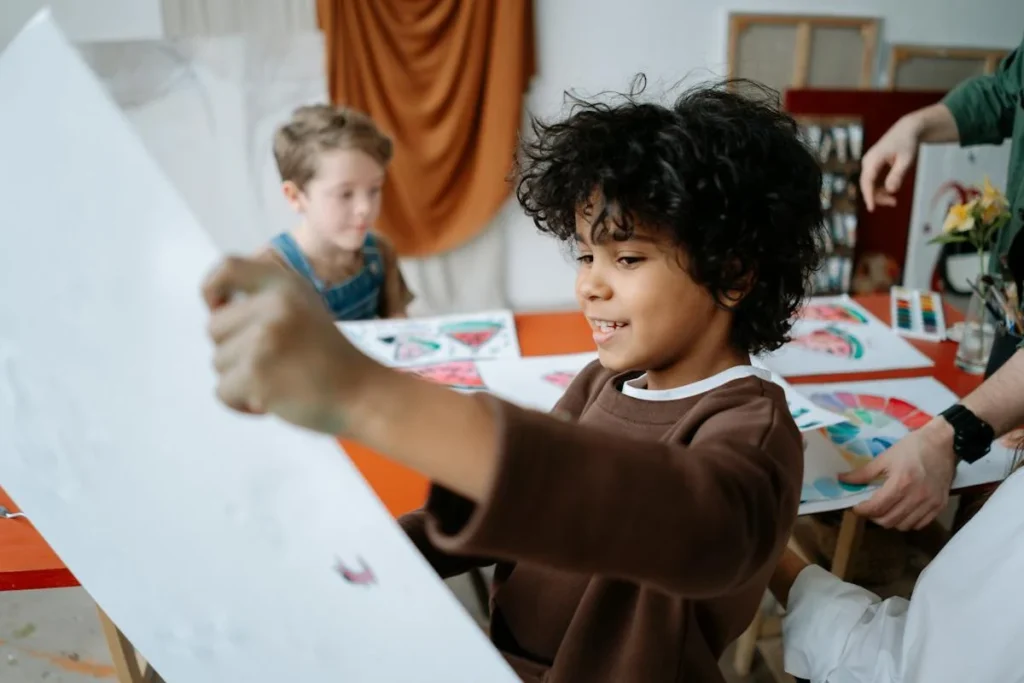Introduction:

Children with autism spectrum disorder (ASD) often face challenges in social interactions, making it crucial for parents, educators, and caregivers to implement effective strategies to help them develop essential social skills. In this article, we will explore five key techniques to assist autistic children in improving their social interactions: role play, modeling desired behaviors, praising positive behavior, talking through scenarios with visual aids, and understanding non-verbal cues.
1. Role Play:

Role-playing is an effective and engaging method to help autistic children practice and enhance their social skills in a controlled environment. Through structured scenarios, children can learn and understand appropriate social behaviors, communication, and responses. Here are some steps to incorporate role play into your support plan:
a. Choose relevant scenarios: Tailor role-playing scenarios to situations the child may encounter in their daily life, such as initiating a conversation, joining a group activity, or sharing toys.
b. Be an active participant: Join in the role play to provide a model for the child. Act out both appropriate and inappropriate behaviors, allowing the child to identify and understand the differences.
c. Gradually increase complexity: Begin with simple scenarios and gradually progress to more complex social situations as the child becomes more comfortable and confident in their abilities.
d. Encourage creativity: Allow the child to express themselves freely during role play. This can enhance their imaginative thinking and make the learning experience more enjoyable.
2. Model Desired Behaviors:

Children with autism often learn by observing others. Modeling desired behaviors involves demonstrating appropriate social interactions and communication for the child to emulate. Here are some tips for effective modeling:
a. Demonstrate clear communication: Use simple and concise language, along with appropriate body language and facial expressions, to convey messages effectively.
b. Highlight positive interactions: Showcase positive social behaviors, such as sharing, taking turns, and using polite language, during everyday activities.
c. Provide real-time feedback: Offer immediate feedback when the child exhibits desired behaviors, reinforcing the importance of positive social interactions.
d. Collaborate with peers: Encourage the child to interact with neurotypical peers, providing additional opportunities for observation and imitation of appropriate social behaviors.
3. Praise Positive Behavior:

Positive reinforcement is a powerful tool in promoting desirable social behaviors in autistic children. Acknowledging and praising positive behavior helps reinforce these actions and encourages the child to engage in similar behaviors in the future. Consider the following strategies:
a. Specific praise: Be specific in your praise, highlighting the particular social skill or behavior the child exhibited. For example, “Great job sharing your toys with your friend!”
b. Immediate reinforcement: Offer praise promptly after the positive behavior occurs to strengthen the connection between the action and the reward.
c. Use a variety of reinforcement: Tailor your reinforcement to the child’s preferences. This could include verbal praise, a high-five, a small reward, or extra playtime.
d. Consistency is key: Be consistent in praising positive behavior across different settings and situations. This helps the child generalize their social skills to various contexts.
4. Talk Through Scenarios & Use Visual Aids:

Children with autism often benefit from visual supports to help them understand and navigate social situations. Talking through scenarios and using visual aids can provide clarity and structure, reducing anxiety and promoting social understanding. Consider the following steps:
a. Create social stories: Develop social stories that outline specific social scenarios, appropriate behaviors, and expected outcomes. Use simple language and visuals to enhance comprehension.
b. Discuss potential reactions: Talk through various possible responses to different social situations, helping the child anticipate and understand the consequences of their actions.
c. Utilize visual schedules: Visual schedules can provide a visual representation of daily routines, helping the child anticipate and prepare for social interactions throughout the day.
d. Incorporate social scripts: Provide the child with scripted phrases or responses they can use in specific social situations, promoting more confident and effective communication.
5. Explain Non-Verbal Cues:

Understanding non-verbal cues is crucial for successful social interactions, but autistic children may struggle with interpreting facial expressions, body language, and tone of voice. Here’s how to help them grasp non-verbal cues:
a. Use visual resources: Create visual guides or cue cards that illustrate common non-verbal cues, such as happy and sad facial expressions, open or closed body language, and variations in tone of voice.
b. Practice interpreting cues: Engage in activities that involve interpreting non-verbal cues, such as watching videos, looking at pictures, or playing games that focus on facial expressions.
c. Role-play non-verbal communication: Include non-verbal cues in role-playing scenarios to give the child practical experience in recognizing and responding to these signals.
d. Provide explicit instruction: Clearly explain the meaning behind different non-verbal cues, reinforcing the connection between expressions and emotions.
Conclusion:
Supporting autistic children in developing social interaction skills requires patience, understanding, and a tailored approach. By incorporating role play, modeling desired behaviors, praising positive actions, using visual aids, and explaining non-verbal cues, caregivers can empower these children to navigate social situations more confidently and successfully.
As each child is unique, it’s essential to observe their progress, adapt strategies as needed, and celebrate their achievements along the way. After practising these steps, you can help your child cultivate friendships.

